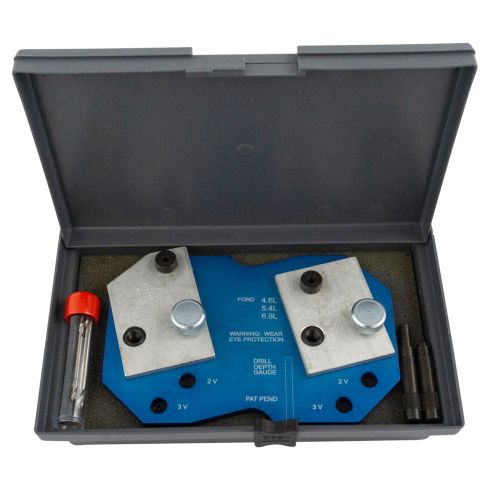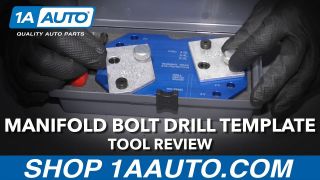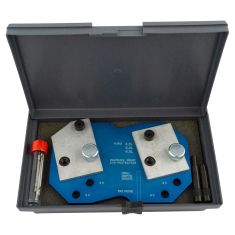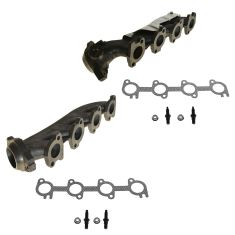1AXAA00297-Exhaust Manifold Stud Drill Template Tool Lisle 68500

Exhaust Manifold Stud Drill Template Tool

Frequently bought together
Product Reviews
Loading reviews
5.00/ 5.0
1
1review
template for 5.4 ford
May 25, 2020
worked like it was supposed to it saved a few hundred dollars did five broken studs insure to use cutting oil i broke bit trying to be lazy insure to chase threads
Customer Q&A
will this work on dohc 4 valve heads?
May 26, 2020
10
Basicaly it is made for ford motors best to try easy out don't be cheap buy quality easy out studs are steel and drilling to deep can cause head damage
May 26, 2020
Richard L
10
Thanks for your inquiry. This part is specific to vehicles with a particular set of options. We will need more information about your vehicle to confirm the fit.
The information we will need in order to assist you is your VIN.
May 26, 2020
Emma F
Will this tool work on a 2003 ford f150 with the 5.4 liter?
May 30, 2024
10
Yes, this part will fit your vehicle.
May 30, 2024
Jean O














